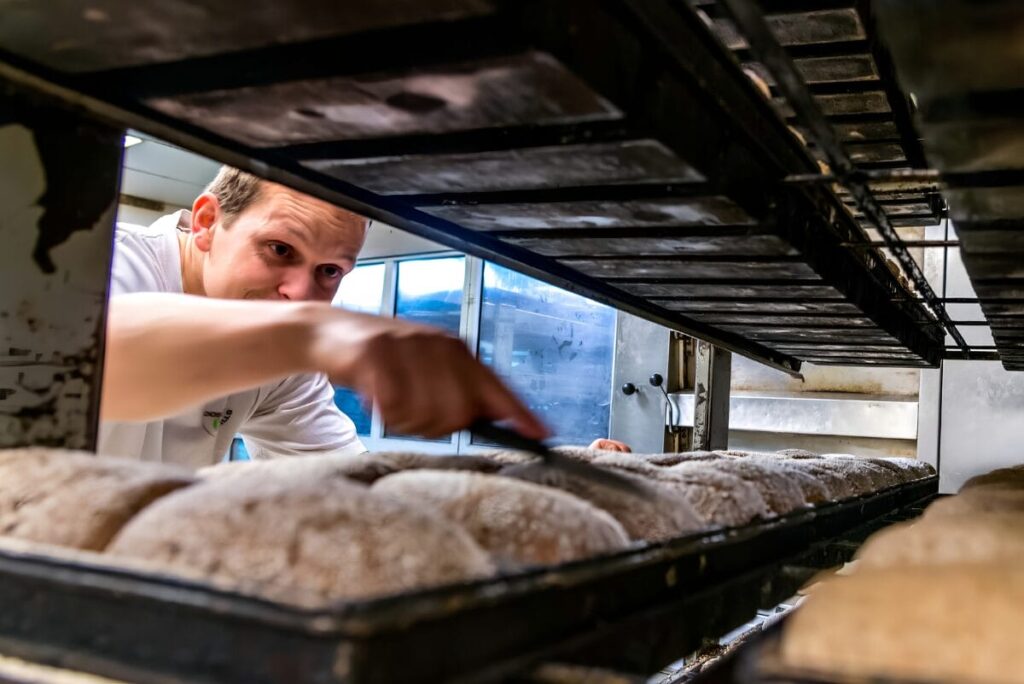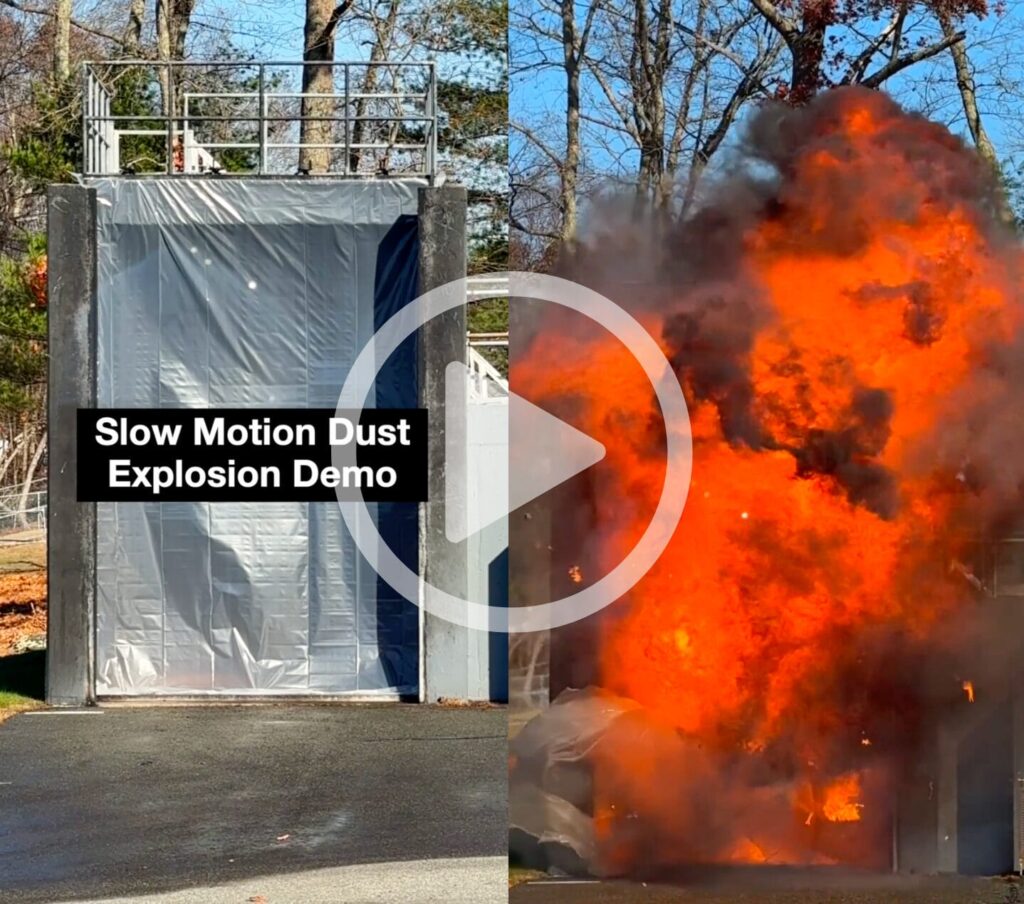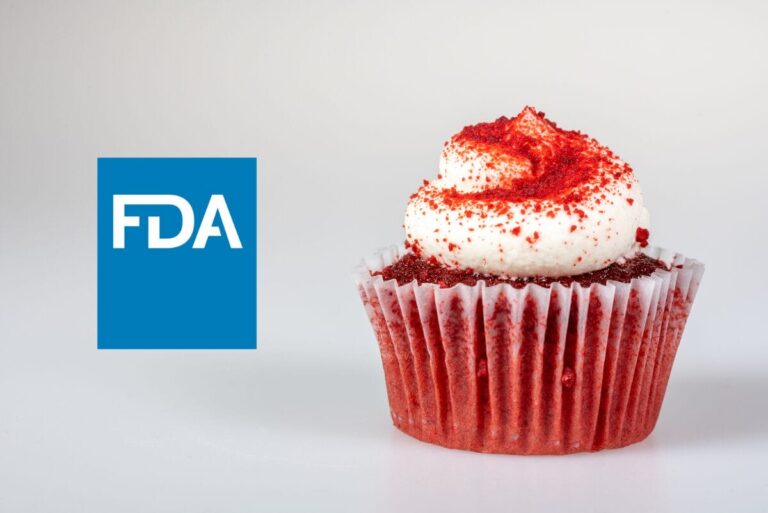Lockton Companies contributing writers: Michael Mansfield, senior VP, team lead, lost control consultant; Mary Keiser, senior VP, food and beverage practice leader; and Matt Dubiel, account executive.
CHICAGO — Dust Hazard Analysis (DHA) is becoming increasingly important because of the growing awareness of the significant risks posed by combustible dust in various industries, leading to stricter regulations and a greater emphasis on proactive safety measures to prevent potential dust explosions and fires that can cause severe injuries, property damage and business disruptions.
Essentially, a DHA is now considered a critical tool for identifying and mitigating combustible dust hazards in workplaces, making it a vital part of facility safety practices. Lockton Companies, the world’s largest independent insurance brokerage, has seen more stringent insurance carrier requirements related to DHA in the last 12 months. Carriers are now requiring insureds with dust exposure to provide evidence of DHA by location to underwrite property insurance.











